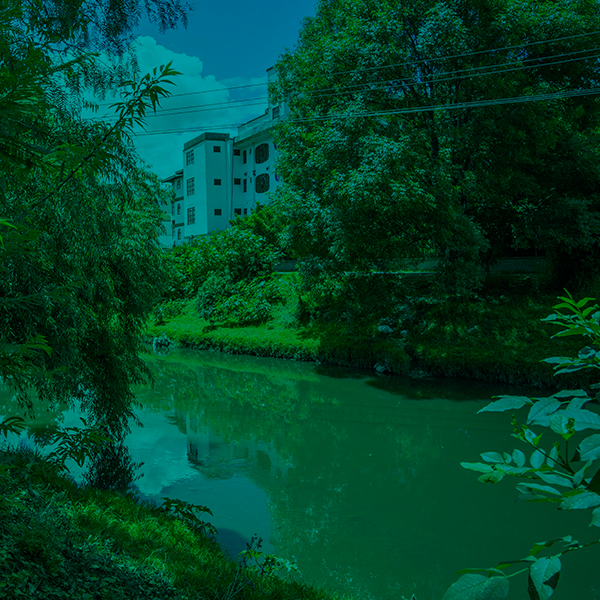WHAT IS THE MARAK SYSTEM?
THE MARAK SYSTEM is a treatment based on a degradation of the organic matter present in the wastewater.
¿How is degradation achieved?
It is the result of the transformation of water contaminants into Water and Carbon Dioxide. This so-called mineralization of organic matter is a process that takes place in nature over many years.


SYSTEM APPLICATIONS
- Industrial and municipal wastewater, with any type of contaminant.
- Removal of detergents, pesticides, humus, TOC, COD, BOD, soluble organic matter, nitrates, nitrites, ammonia, fluorides.
- Discharge water from the petrochemical industry, water contaminated with oil, turbidity and grease, phenolic, tannic and hydrocarbon compounds, solvents. Wastewater from the textile industry, dyes and pigments.
- Removal of hardness, sulfates, chlorides, boron, phosphates. Any type of wastewater from the paint, food, pharmaceutical, dairy, galvanizing, metal processing industries, etc.
- Removal of hardness, sulfates, chlorides, boron, phosphates.
- Any type of wastewater from the paint, food, pharmaceutical, dairy, galvanizing, metal processing industries, etc.
- Water treatment for heat exchange systems, cooling systems, boilers, heaters, etc.
ADVANTAGES
- Quality: the treated water meets current environmental requirements, in accordance with national and international standards.
- Highly economical system in its operation: As it does not require replacing membranes, the savings compared to other systems are highly relevant.
- Effectiveness and Efficiency: The only system capable of purifying up to 97% of the processed water, bringing it to a 100% potable level, without carrying the contaminant and totally reusable. Being a STEP system, the process is instantaneous, which places us well above the competition in terms of operation times. The teams are developed to work 24 hours a day, 365 days a year.
- Energy efficiency: Energy consumption represents up to 10% of the consumption required by a conventional treatment plant. In the same way, the equipment can be operated using alternative energy sources such as the use of photocells.
- Safety: As it is not necessary to store or use toxic reagents.
- High-capacity processing: The equipment is built to respond to any processing need of the client, at a private and governmental level.
- Minimum maintenance: The equipment requires a general cleaning and a minimum maintenance of once a month.
